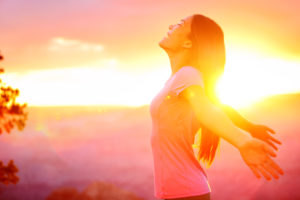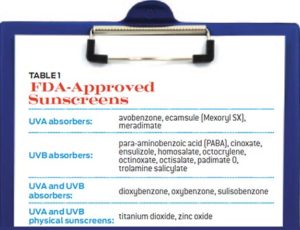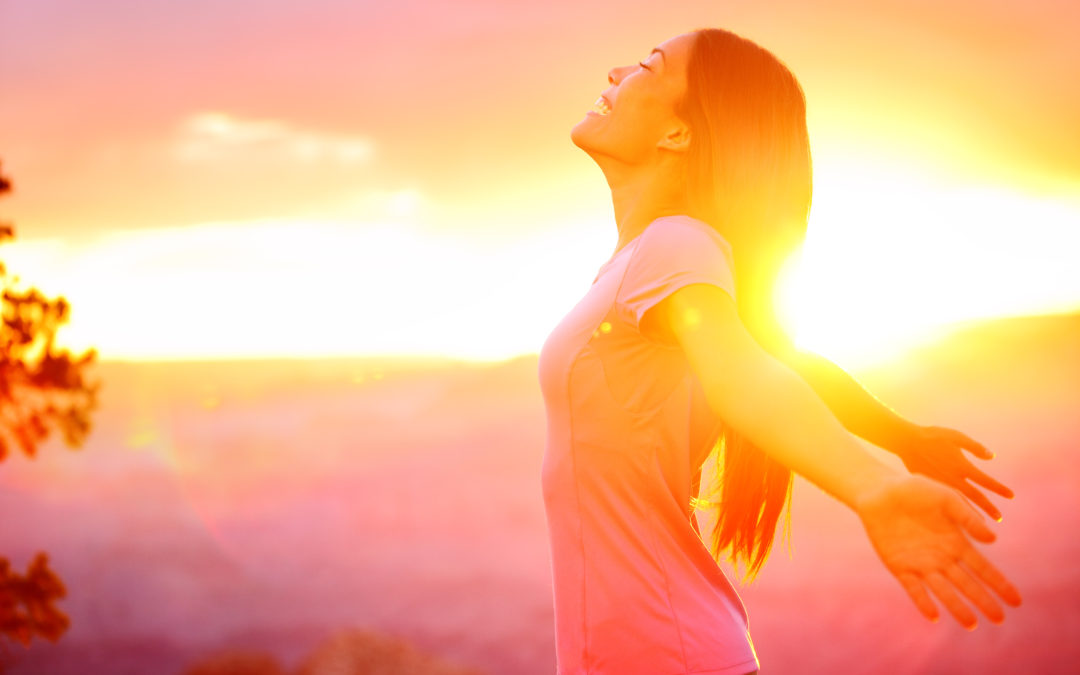 When the temperature starts spiking over 100 degrees, most people opt to stay inside under the cool air conditioner. But there are many hard core Arizona athletes who brave the sweltering heat to get their workout in. So how do you choose a sunscreen that won’t melt off in the heat? Or what’s the best sun protection when you’re building sand castles at the beach on your summer vacation? No matter what the activity or even time of year, sun protection should always be part of your outdoor routine. But there are so many product choices and so many details to read on the bottles! To make it easier, we’ve broken down how to compare sunscreen and choose the right one for the occasion.
When the temperature starts spiking over 100 degrees, most people opt to stay inside under the cool air conditioner. But there are many hard core Arizona athletes who brave the sweltering heat to get their workout in. So how do you choose a sunscreen that won’t melt off in the heat? Or what’s the best sun protection when you’re building sand castles at the beach on your summer vacation? No matter what the activity or even time of year, sun protection should always be part of your outdoor routine. But there are so many product choices and so many details to read on the bottles! To make it easier, we’ve broken down how to compare sunscreen and choose the right one for the occasion.
Why Use Sunscreen?
First, a brief synopsis on why you need sunscreen in the first place. Sunscreen works to prevent sun burns. Sun burns cause skin cancer. All it takes is one sun burn in your lifetime to be susceptible to skin cancer, so just imagine how those stats increase with the more burns you get. Skin cancer is the most common of ALL cancers with about 3.5 million cases diagnosed each year. To put it into perspective, adding up all the cases of the big four cancers – breast, colon, prostate, lung – doesn’t even equal HALF the number of skin cancer cases. Research estimates that one American among every five will develop skin cancer at some point in their lifetime. With such staggering statistics, why not take the time to swipe on some lotion to protect yourself?
Reading the Labels
There’s a LOT of information jammed on all those different sunscreen products. When comparing protections, you want to look for those that are broad-spectrum. This means the product protects you from both the UVA and UVB light rays. UVA rays age skin, causing wrinkles and dark spots. UVB rays cause the dreaded sun burn. This chart from skincancer.org lists the FDA-approved UV ray absorbing ingredients.

Courtesy of skincancer.org
Once you’ve found broad-spectrum products, look at the SPF, or the sun protection factor against UVB rays. This number indicates how long it takes (in minutes) for skin that has been treated to be burned, when compared to skin that hasn’t been treated at all. A lot can affect this number, like how thoroughly the sunscreen is applied, swimming, sweating, sand and rubbing. And even though you may think an SPF of 30 provides twice as much coverage as 15, it’s only slightly more protection. SPF 15 filters out about 93% of UV radiation, SPF 30 filters out about 97%, and SPF 50 filters out about 98%. Anything over SPF 50 may be such an insignificant increase in protection that it’s often not worth it.
Then there’s water resistant. Usually “water resistant” means that the SPF will stay put for up to 40 minutes while you are wet, like with swimming or sweating. “Very water resistant” keeps the SPF longer, usually 80 minutes.
Brands and Usage
The brand of sunscreen does not matter as much as the ingredients, the broad-spectrum coverage, the SPF and how you use the product. Sunscreen now comes in such a variety of products, it may be hard to choose which is best. For athletes, lotions and sprays are probably the lightest weight and easiest to re-apply on the go. There may be some trial and error before you find one that doesn’t drip into your eyes or boast a fragrance you don’t mind. For those with dry skin, a moisturizing cream may be better. Sticks are usually good for hard to reach or sensitive areas, like around your eyes and on top of your nose, while gels work well in the scalp and on hairier areas. It’s important to select a product you like because you will be more inclined to use it.
No matter what sunscreen you choose or how you are applying it, follow these tips:
- Apply the first layer 15 minutes BEFORE sun exposure, on sunny AND cloudy days.
- Sunscreen needs to go everywhere that is exposed – ears, nose, scalp, fingers, etc.
- Don’t forget sunscreen on your lips or an SPF lip balm, ideally water resistant. Don’t forget to reapply after you eat!
- Reapply every two hours, regardless of SPF. Also reapply as soon as you get out of the water.
- If using a spray, apply generously since you can’t really see where it’s going. And don’t inhale the product.
- Don’t rely solely on sunscreen – wear a hat, sunglasses and clothing that can protect you. Rash guards are great!
And if you decide to venture out in the 100+ weather for an extended period of time, don’t forget water! Being properly hydrated can make a huge difference in how your body handles the heat. Stay protected, hydrated and safe out there!

